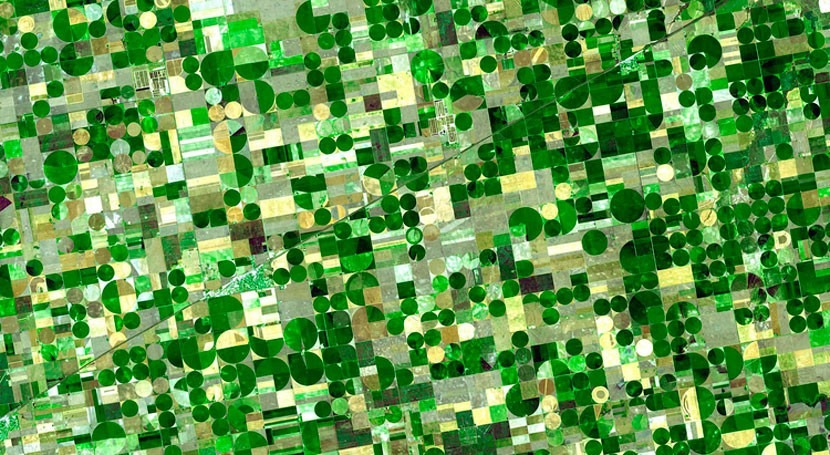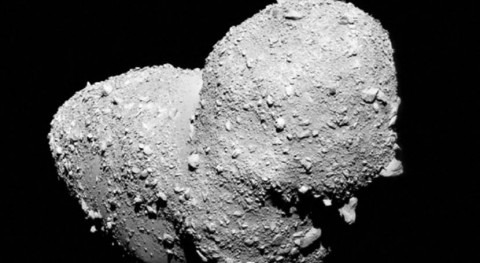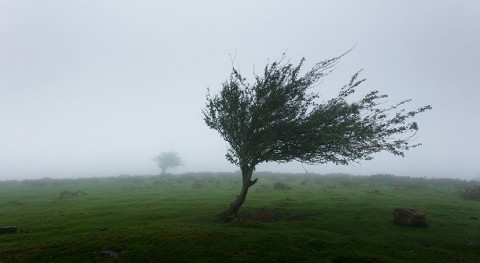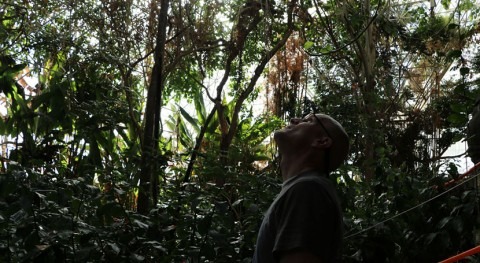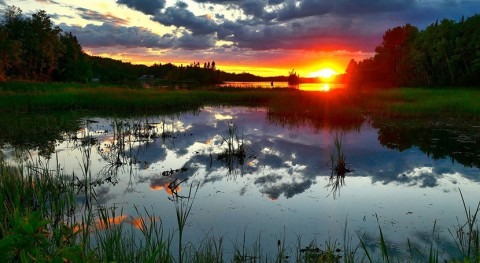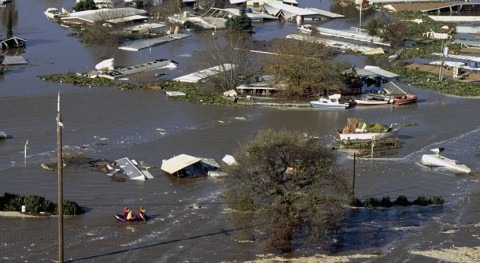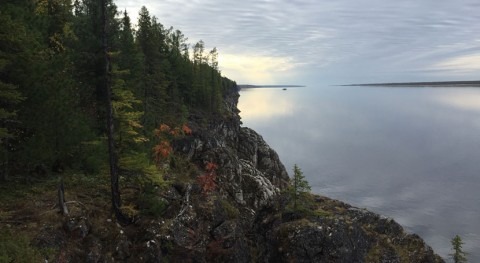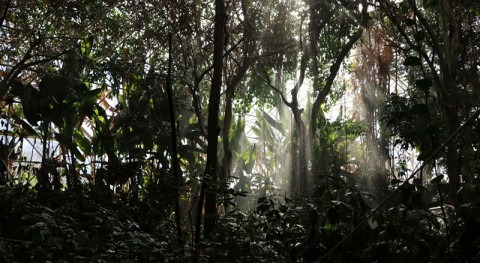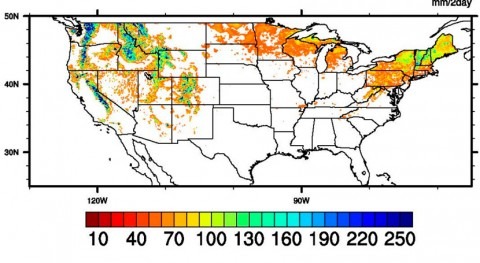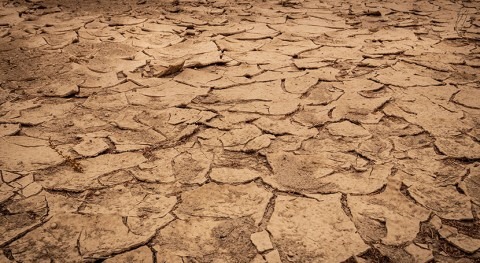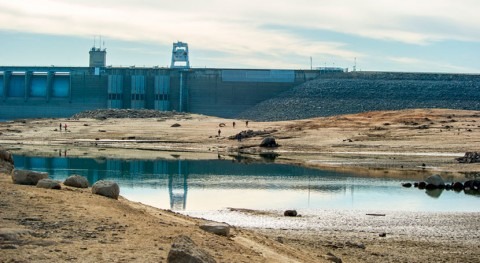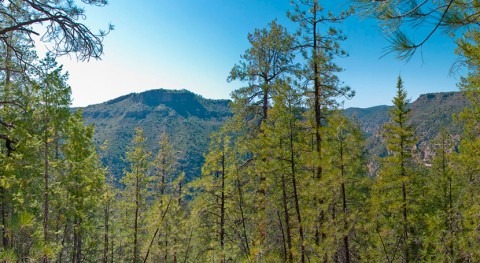Groundwater pumping in the last century has contributed as much as 50 percent to stream flow declines in some U.S. rivers, according to new research led by a University of Arizona hydrologist.
The new study has important implications for managing U.S. water resources. Laws regulating the use of groundwater and surface waters differ from state to state. Some Western states, Arizona among them, manage groundwater and surface water separately.
"We’re trying to figure out how that groundwater depletion has actually reshaped our hydrologic landscape," said first author Laura Condon, a UA assistant professor of hydrology and atmospheric sciences. "What does that mean for us, and what are the lasting impacts?"
Condon said this is the first study to look at the impact of past groundwater pumping across the entire U.S. Other researchers have examined how groundwater pumping affected surface waters, but at smaller scales.
Using a computer model, Condon and her co-author, Reed Maxwell of the Colorado School of Mines in Golden, determined what U.S. surface waters would have been like without significant consumptive uses and compared that with surface water changes since large-scale groundwater pumping began in the 1950s.
The scientists focused particularly on the Colorado and Mississippi River basins and looked exclusively at the effects of past groundwater pumping because those losses have already occurred.
The U.S. Geological Survey has calculated the loss of groundwater over the 20th century as 800 cubic kilometers, or 649 million acre-feet. That amount of water would cover the states of Montana, Idaho, Wyoming, Nevada, Utah, Colorado, Arizona and New Mexico, plus most of California, with water one foot deep.
"We showed that because we’ve taken all of this water out of the subsurface, that has had really big impacts on how our land surface hydrology behaves," she said. "We can show in our simulation that by taking out this groundwater, we have dried up lots of small streams across the U.S. because those streams would have been fed by groundwater discharge."
Groundwater helps provide water to existing vegetation, including crops, Condon said.
Receding water tables and dwindling streams can make irrigating crops more difficult and costly. Some native vegetation including cottonwood trees will eventually die if the water table drops below their roots.
Groundwater is often the slowest component of the terrestrial hydrologic system to recover from losses, Condon said.
The scientists found that streams, lakes and rivers in western Nebraska, western Kansas, eastern Colorado and other parts of the High Plains have been particularly hard hit by groundwater pumping. That finding agrees with other smaller-scale studies in the region.
Maxwell said, "With this study, we not only have been able to reconstruct the impact of historical pumping on stream depletion, but we can also use it in a predictive sense, to help sustainably manage groundwater pumping moving forward."
Condon and Maxwell’s article, "Simulating the sensitivity of evapotranspiration and streamflow to large-scale groundwater depletion" is published June 19 in Science Advances. The U.S. Department of Energy funded the research.
The team’s computer model maps the groundwater and surface waters onto a grid of squares 0.6-mile on a side that covers most of the contiguous U.S. The model, which does not include the coastal regions, includes all the groundwater down to 328 feet (100 meters) below the land surface.
Maxwell said, "We can do things with these model simulations that we can't do in real life. We can ask, 'What if we never pumped at all? What's the difference?'"
Condon said that just doing a before-and-after groundwater pumping scenario for one year took a massive amount of computing power from supercomputers.
"We have about 32 million grid boxes we have to solve in our model," she said.
The regions most sensitive to a lowering of the water table are east of the Rocky Mountains, where initially the water table was shallow, at the depth of 6-33 feet (2-10 meters), she said. In those regions, groundwater and surface water are more closely linked, and depleting the groundwater is more disruptive to vegetation, streams and rivers.
In the western U.S., the groundwater was already deep, so reducing the groundwater didn’t have as great an effect on surface waters.
Other research has shown that parts of the Midwest where the amount of precipitation used to equal the evaporative demand – meaning plants didn’t need irrigation – are becoming more arid, she said. Those are some of the regions where groundwater pumping has reduced surface waters.
"In the West, we worry about water availability a lot and have many systems in place for handling and managing water shortage," Condon said. "As you move to the East, where things are more humid, we don’t have as many systems in place."


